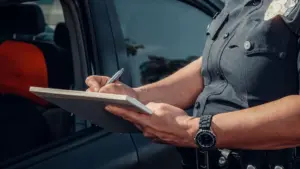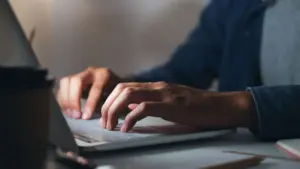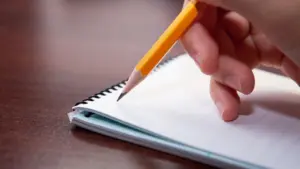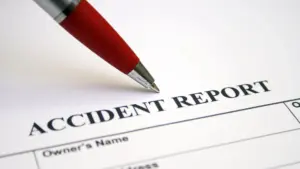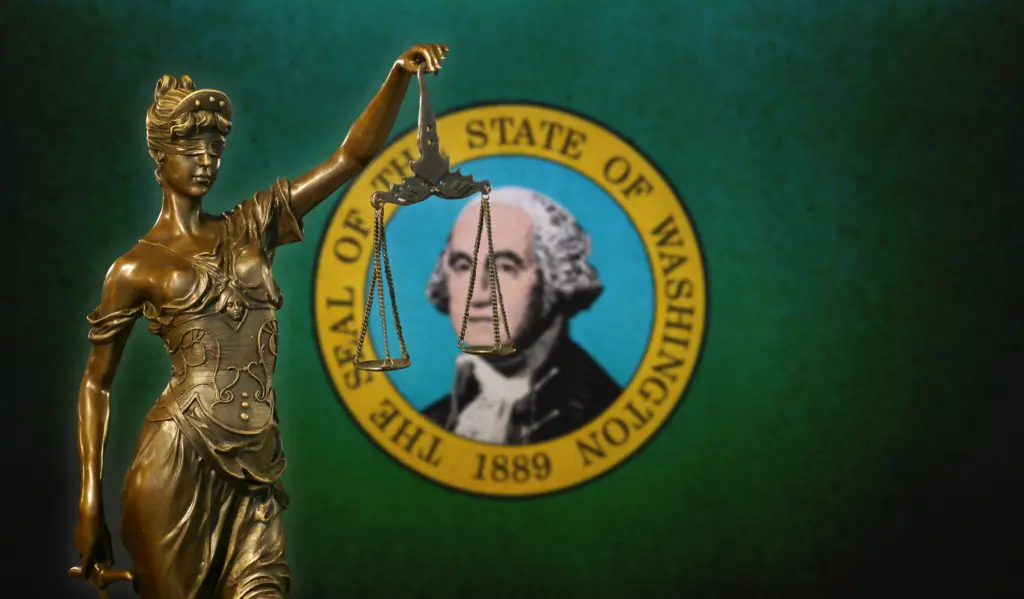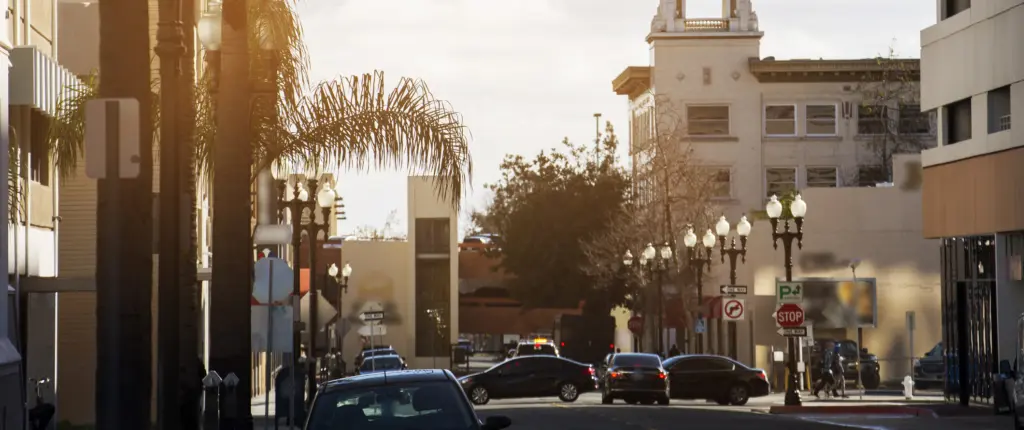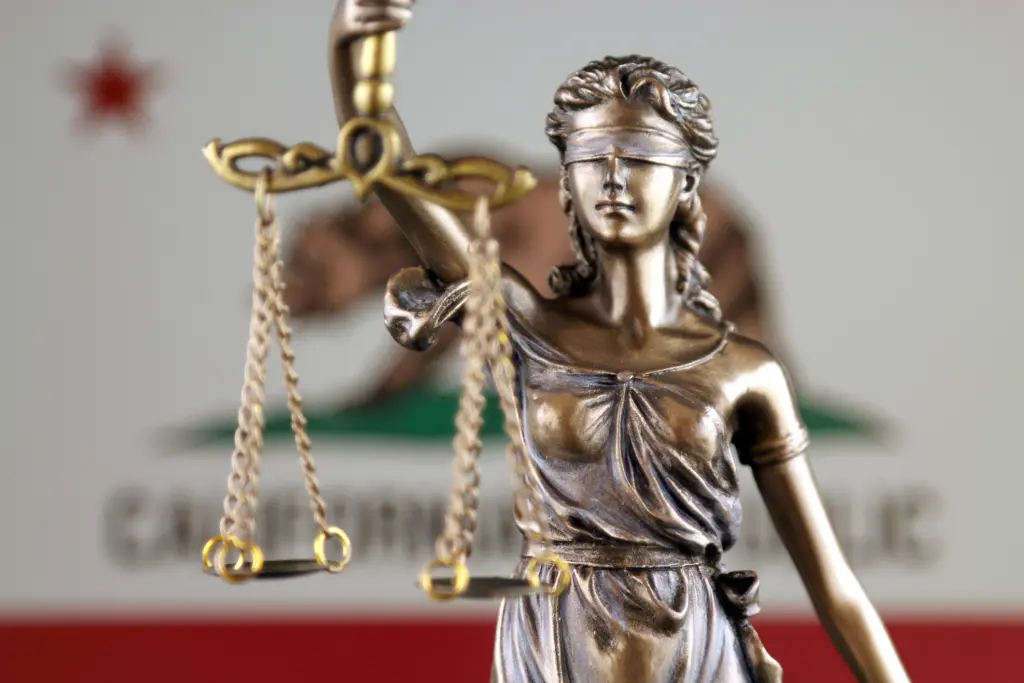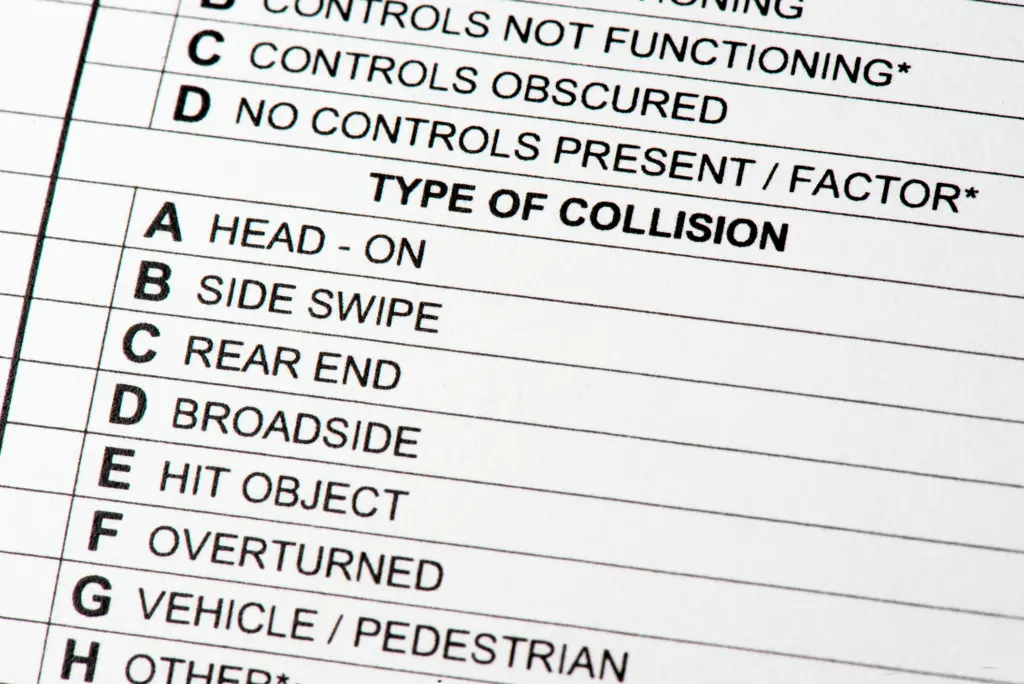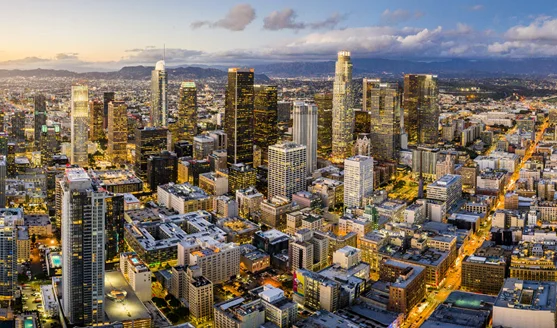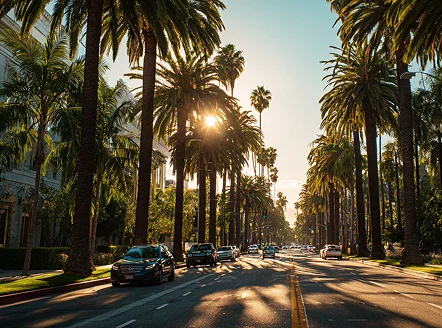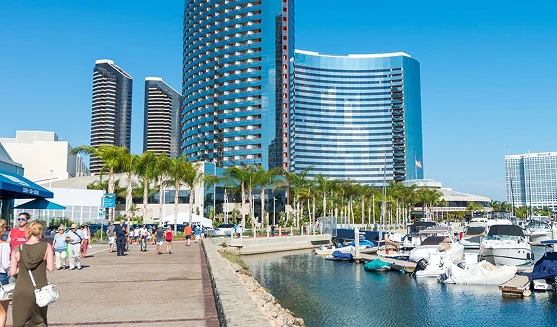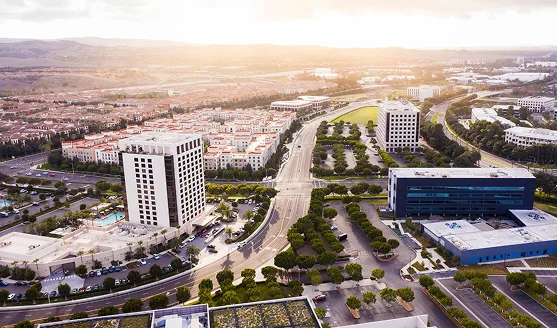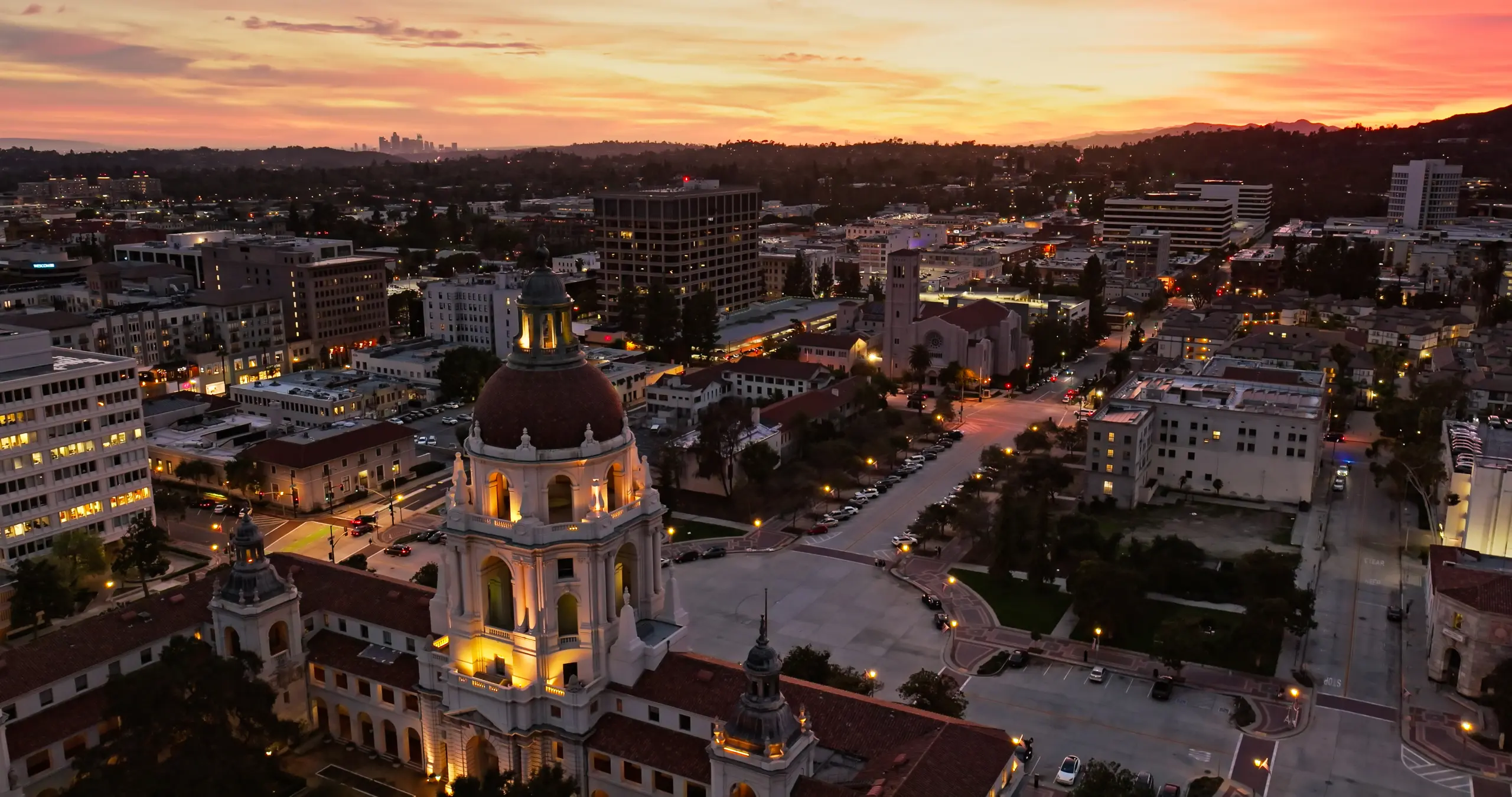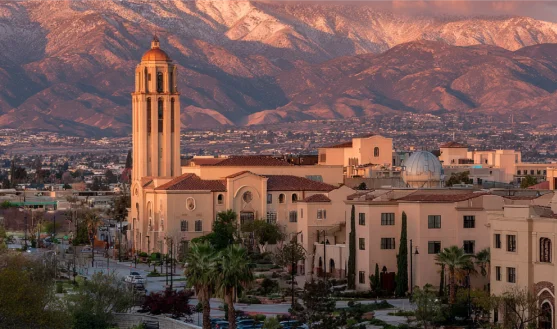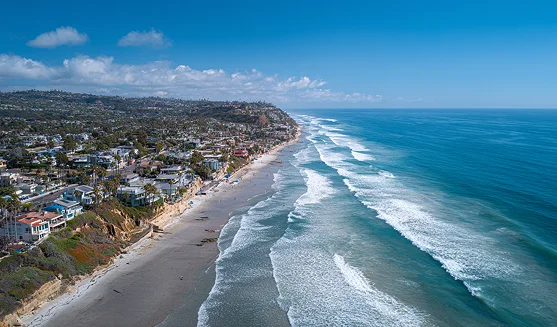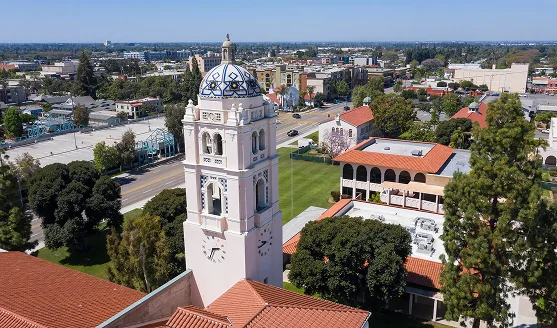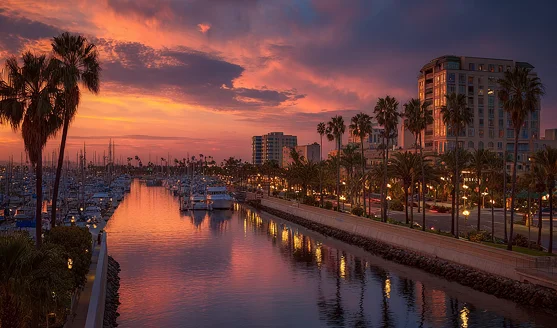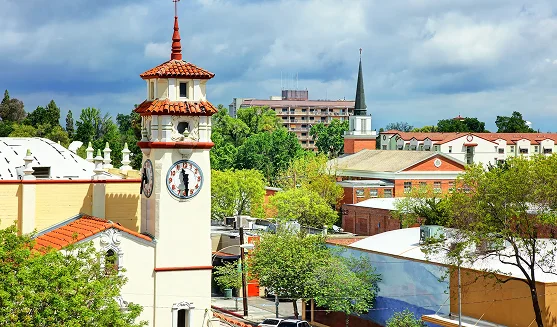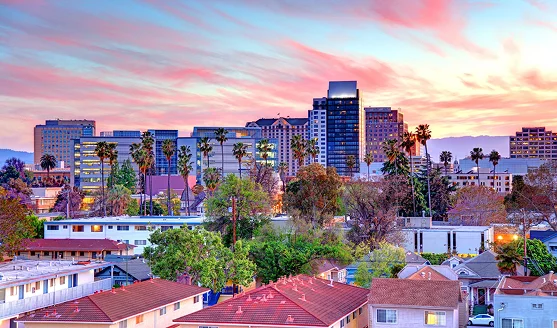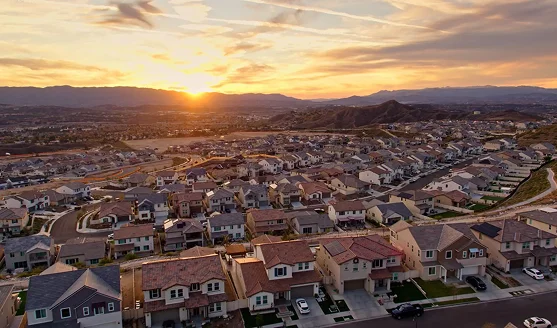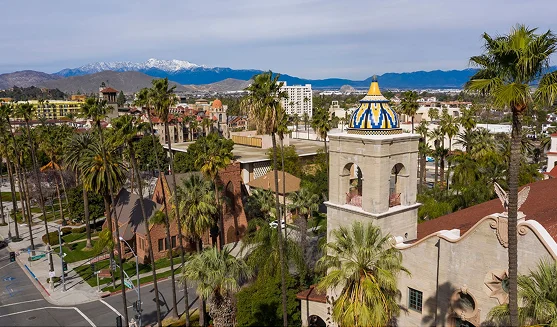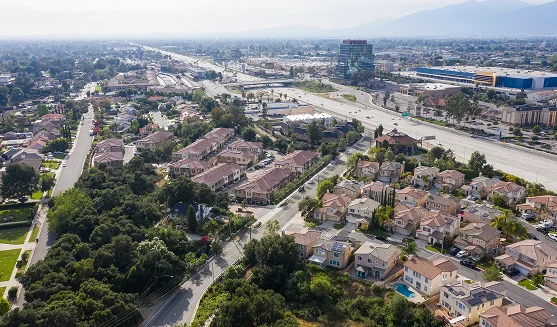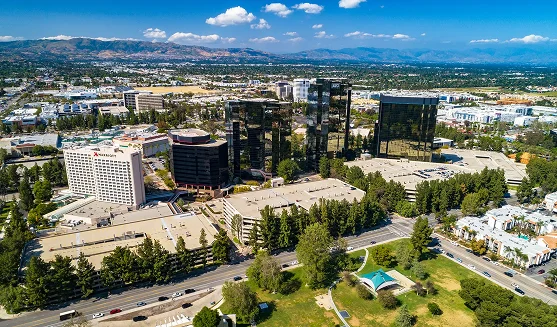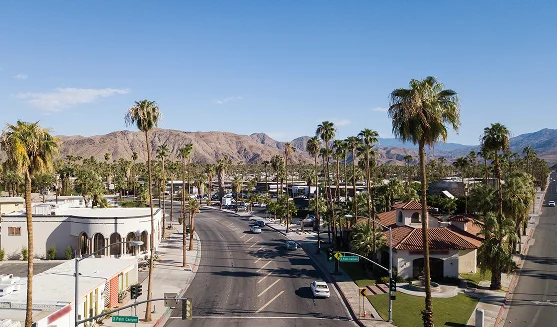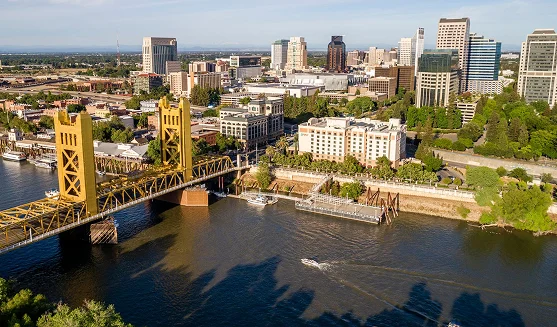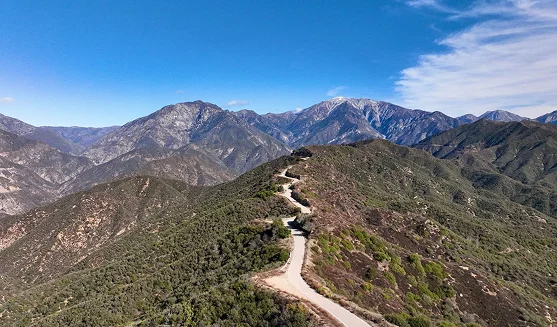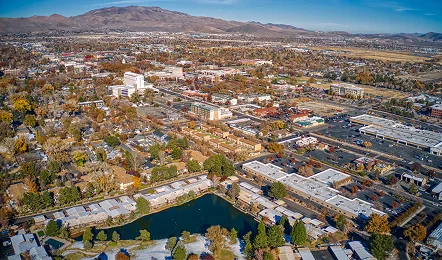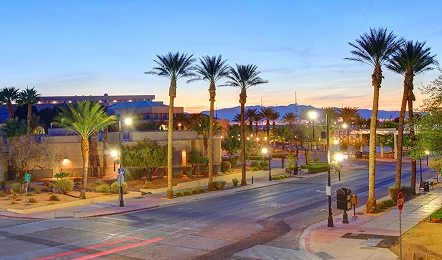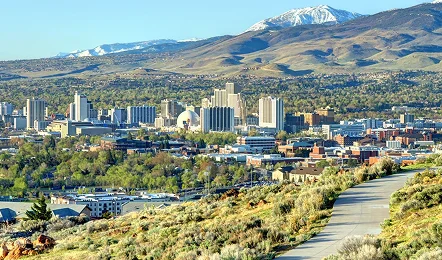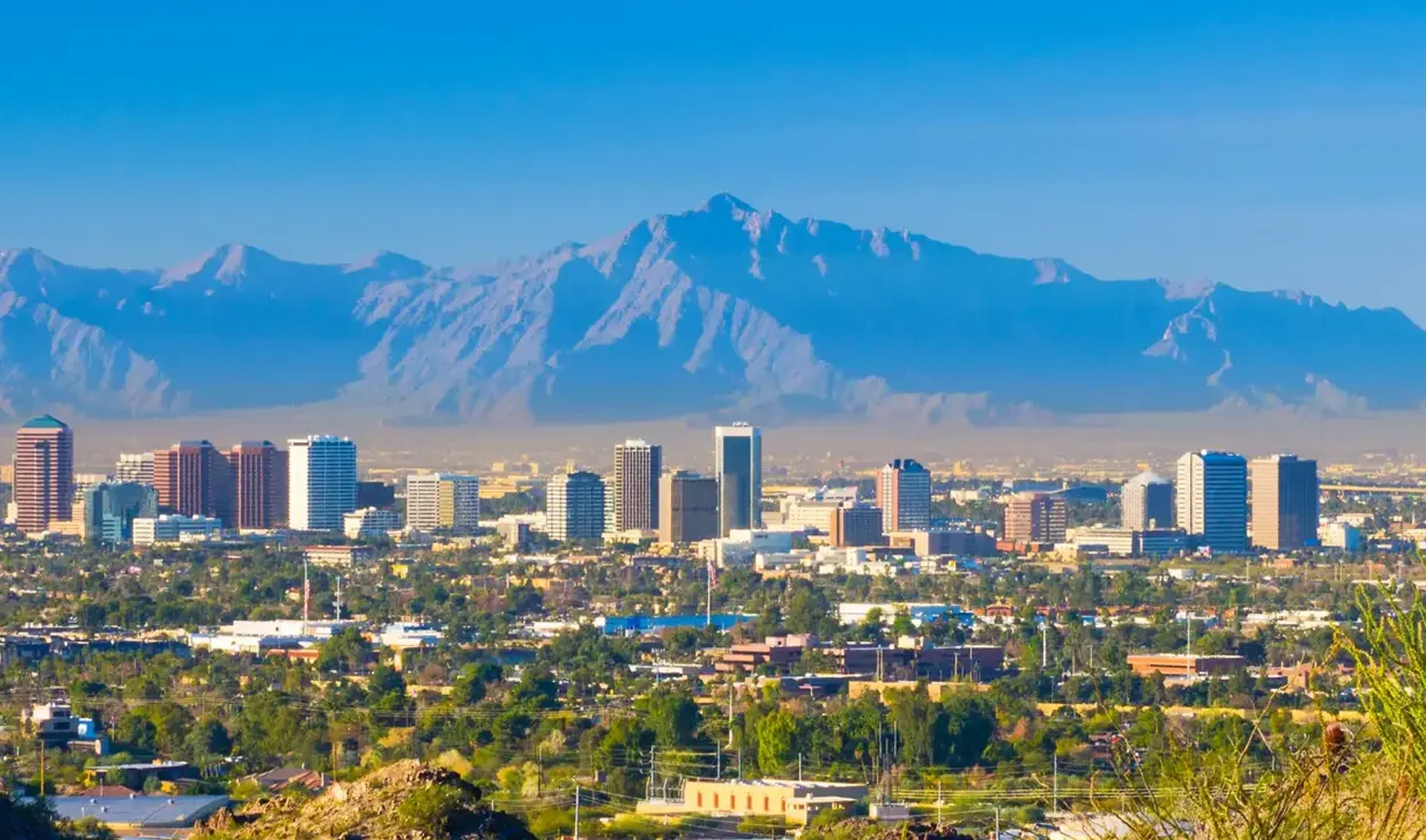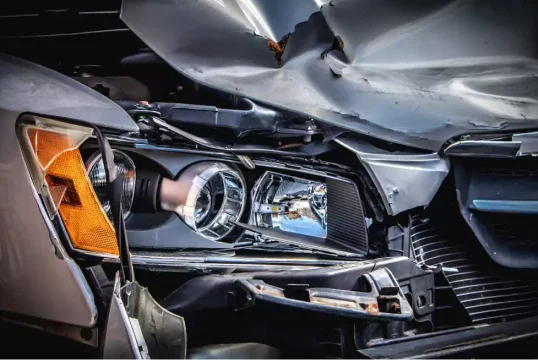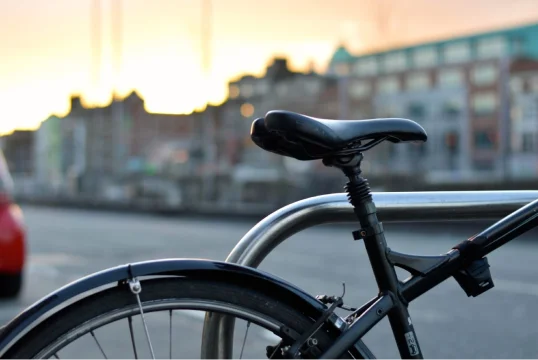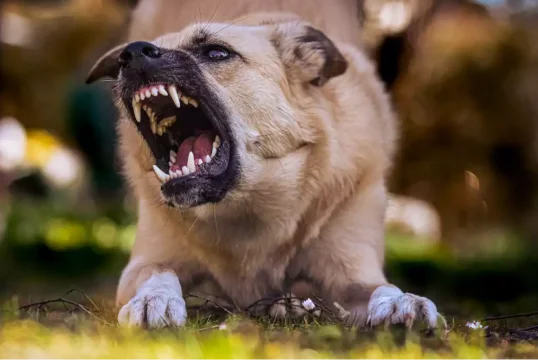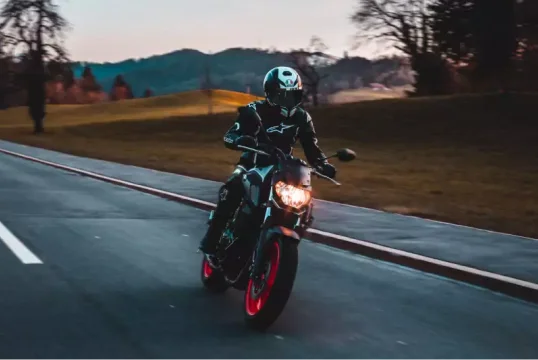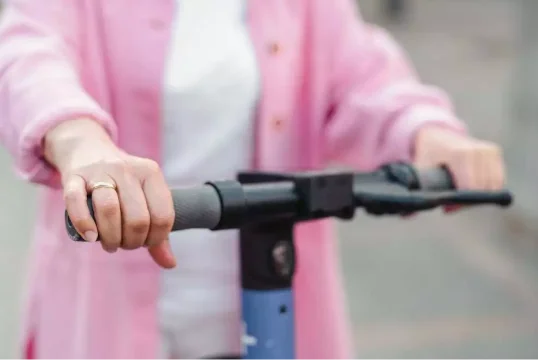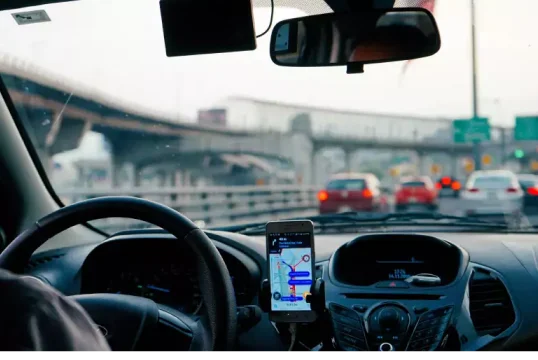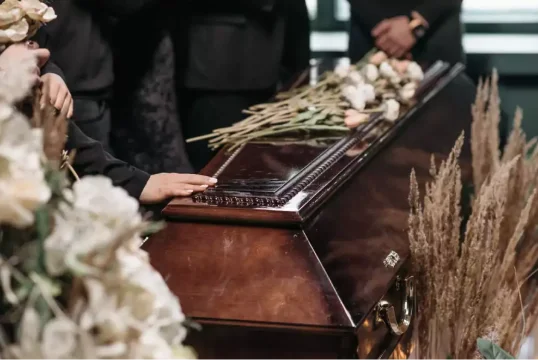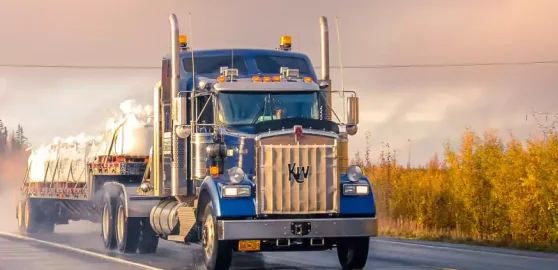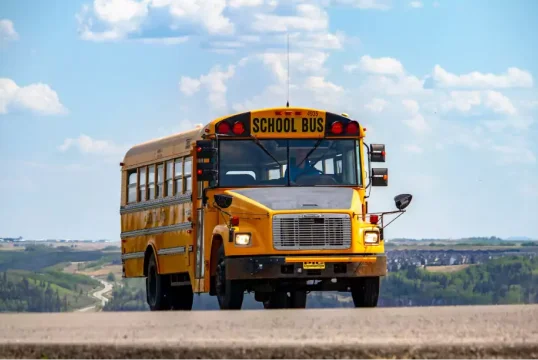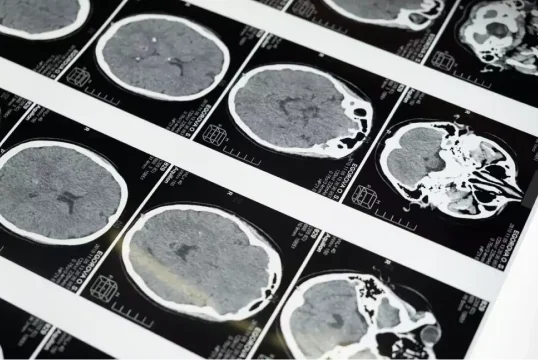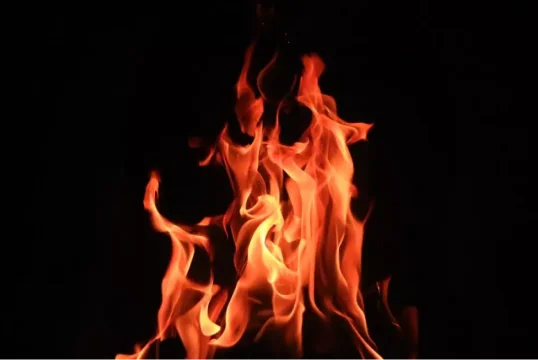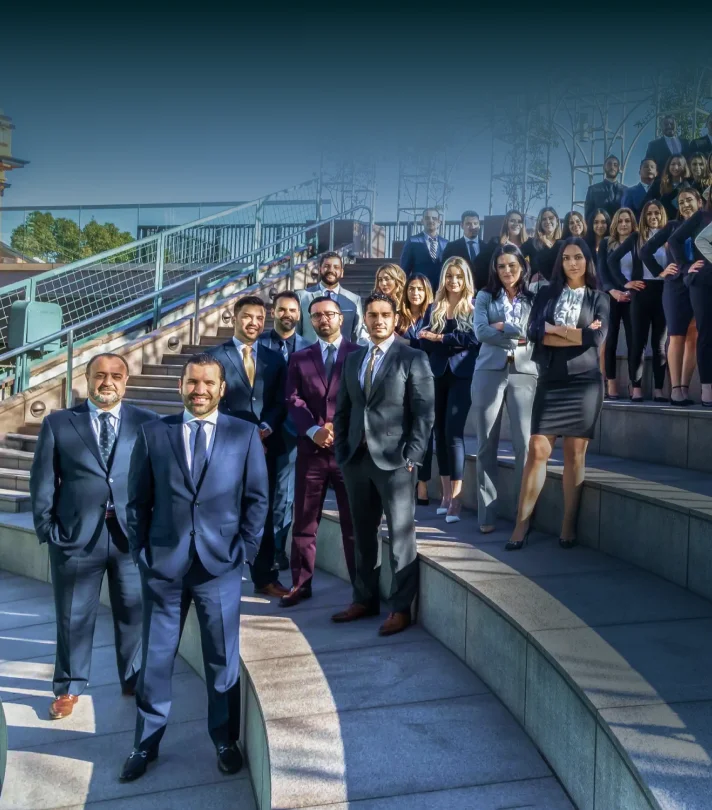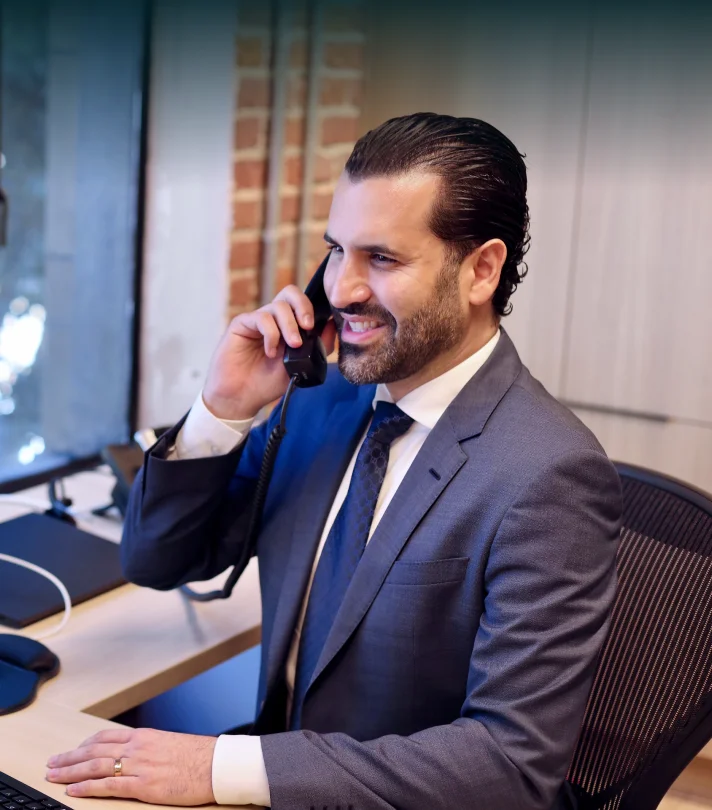Getting a car accident report in Las Vegas should not feel like a gamble. If your crash was investigated by the Las Vegas Metropolitan Police Department (LVMPD), there is a straightforward process to obtain your official report once you know where to look and what to bring. This guide walks you through eligibility, identifying the correct agency, timelines, request methods, and how to use the report to support your insurance or injury claim.
Las Vegas is complex: several law-enforcement agencies share jurisdiction, and many collisions involve tourists, rental cars, or rideshare vehicles. That can make paperwork confusing. Follow the steps below and you will save time, avoid missteps, and get the documentation you need.
What an LVMPD Accident Report Is and Why It Matters
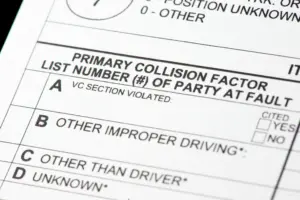
An LVMPD report is the official written record of your collision. It lists the date and time, exact location, vehicles and drivers involved, insurance information, statements, citations, a diagram, and contributing factors such as speed or failure to yield. Adjusters and attorneys use it to determine fault and damages.
While the report carries weight, it is not the final word. Courts and insurers also consider photographs, medical records, and witness statements. For a full picture of how claims are evaluated in Nevada, review Nevada Car Accident: Navigating Insurance Claims.
Who Can Get a Copy of a Police Report?
LVMPD releases accident reports to people directly involved and their authorized representatives, including:
- Drivers, passengers, pedestrians, or cyclists in the crash
- Registered vehicle owners
- Parents or guardians of minors
- Insurance companies and attorneys for involved parties
- Government agencies with a legitimate interest
To verify eligibility, provide your case or event number plus one or more of the following: a government ID matching a listed party, vehicle registration or insurance for an involved car, or a signed authorization if you represent someone else.
Some personal information is redacted to comply with privacy laws such as the Driver’s Privacy Protection Act.
Step 1: Confirm the Investigating Agency
Requesting from the wrong department is the most common reason for delay.
- LVMPD handles most surface-street crashes in Las Vegas and unincorporated Clark County.
- Nevada State Police (formerly Highway Patrol) manages freeway and state-route collisions on I-15, US-95/I-515, and I-215.
- Henderson and North Las Vegas Police manage incidents within their city limits.
Check the driver’s exchange slip for the agency logo and case number. If the crash was on a state highway, contact Nevada State Police; otherwise, LVMPD’s Records and Fingerprint Bureau is your destination.
If unsure, call the non-emergency records desk with the date, time, and location to confirm the right jurisdiction.
Step 2: Gather the Required Details
Having full identifiers helps staff locate your file quickly:
- LVMPD event or case number
- Date and time of crash
- Intersection or block number
- Names of drivers and passengers
- Vehicle plates and states, VIN if known
- Insurance company and policy number
- Officer name or badge number (if available)
Also bring proof linking you to the incident, things like ID, registration, insurance, or signed authorization.
Step 3: When Your Report Will Be Ready
Reports are reviewed before release. Non-injury cases often post within a few days; multi-vehicle or injury crashes can take up to two weeks. Serious injury or fatal collisions may take longer while investigators analyze evidence. Hit-and-run files can stay open until detectives identify a suspect.
Check again a week after your first download; supplements sometimes add new witness information or corrected insurance details. If an investigation is still open, LVMPD may issue a redacted or partial copy.
Step 4: Choose How to Request
Online
The quickest option. Go Through Records and Fingerprint Bureau, choose “Traffic Accident Report,” enter your case information, verify your role, pay the fee, and download the PDF. If “No Record Found” appears, wait a few days or reconfirm the agency.
In Person
Visit the LVMPD Records and Fingerprint Bureau with ID and proof of involvement. Pay on-site and receive a printed or digital copy. In-person requests help if you need clarification or the file has a hold.
By Mail
Ideal for out-of-state drivers, attorneys, and insurers. Send a cover letter, photocopy of ID, proof of involvement or authorization, payment (check or money order), and your return address. Processing is slower but reliable.
Step 5: Pay and Keep Receipts
Expect a base fee plus a small online convenience charge. In-person requests accept cash or card; mail requests require money orders or cashier’s checks. Keep your receipt or portal confirmation in case your insurance company or law firm reimburses you for the paperwork. In addition, keeping receipts can also prove that you have properly acquired a police report in a timely manner, in the event that it gets lost.
What the Report Includes
A typical LVMPD packet contains: a cover page with party and insurance details, the officer’s narrative, a diagram of lane positions and impact points, and any citations or contributing factors. Witness summaries may appear in attachments.
Photos, traffic-camera stills, or body-worn video are not automatically included and must be requested separately through LVMPD’s public records process. Some material may be redacted to protect privacy under federal and state law.
Fixing Clerical Errors
If a name is misspelled or a policy number is wrong, email or visit Records with proof of the correction. Provide the case number, page, and line where the error appears along with supporting documents. Minor corrections are handled quickly; fault opinions rarely change without new evidence.
Special Situations
- Hit-and-run: Reports may be delayed while detectives review surveillance footage or plate-reader data.
- Serious injury or fatal cases: Expect extended timelines while investigators finish their analysis.
- Minors and privacy: Juvenile information is redacted unless a parent or guardian requests it.
- Tourists and rental cars: Provide your rental agreement and ID. Out-of-state visitors can request online or by mail.
- Rideshare collisions: Notify the platform and supply the case number so the company’s claims team can coordinate.
Using Your Report in a Claim
Send the complete PDF to your adjuster and your lawyer. Include supplements and any photos you have. Highlight the impact diagram and citation notes when fault is disputed.
Nevada’s comparative negligence statute explains how compensation is divided when multiple drivers share fault, and the Nevada Office of Traffic Safety publishes data showing that Clark County consistently records the highest number of serious crashes in the state.
If you are still handling your claim, see What to Do After a Car Accident in Las Vegas and, if a rideshare was involved, Injured in a Rideshare Accident in Nevada. Knowing legal timelines is also super important, check out Nevada’s Statute of Limitations so you do not miss important deadlines.
Quick Checklist
- Confirm the correct agency before you submit anything
- Have your case number, date, time, location, names, plates, and insurance details ready
- Choose online for speed, in person for questions, mail for remote requests
- Save receipts and check for supplements later
- Request a clerical correction if needed and attach proof
Injured in a Las Vegas Crash? West Coast Trial Lawyers Can Help
If you were hurt anywhere in the valley, our team can handle the entire claim process so you can focus on recovery. We obtain the report and supplements, collect video and witness evidence, document medical care and lost wages, and negotiate for the maximum settlement.
There are no up-front fees and you pay nothing unless we win. Contact West Coast Trial Lawyers today for a free case consultation, call (213) 927-3700 or fill out our easy online contact form.

